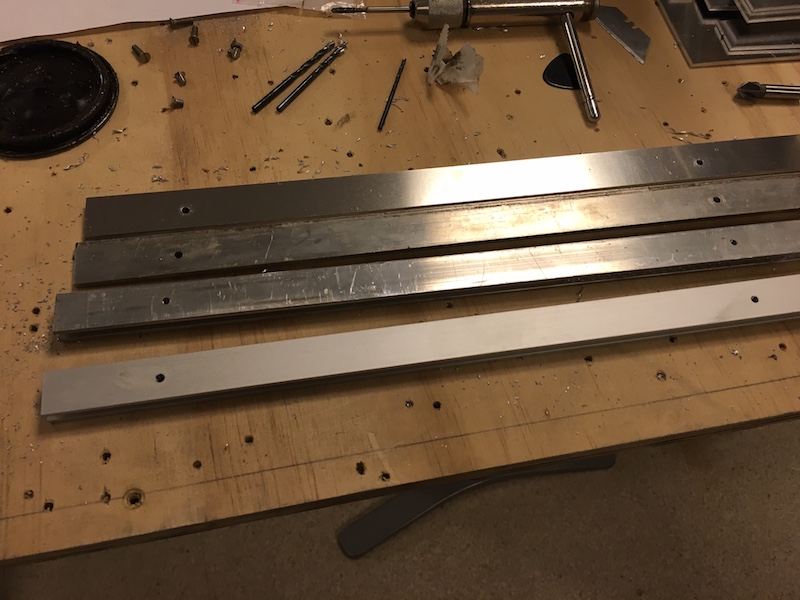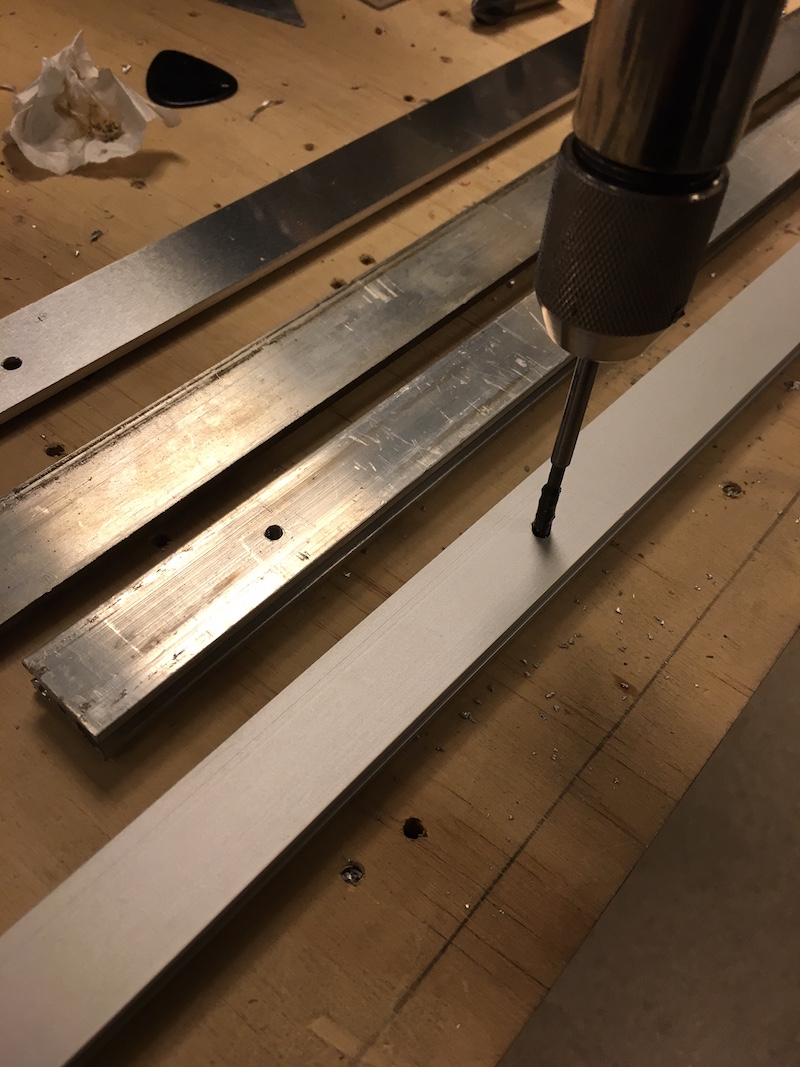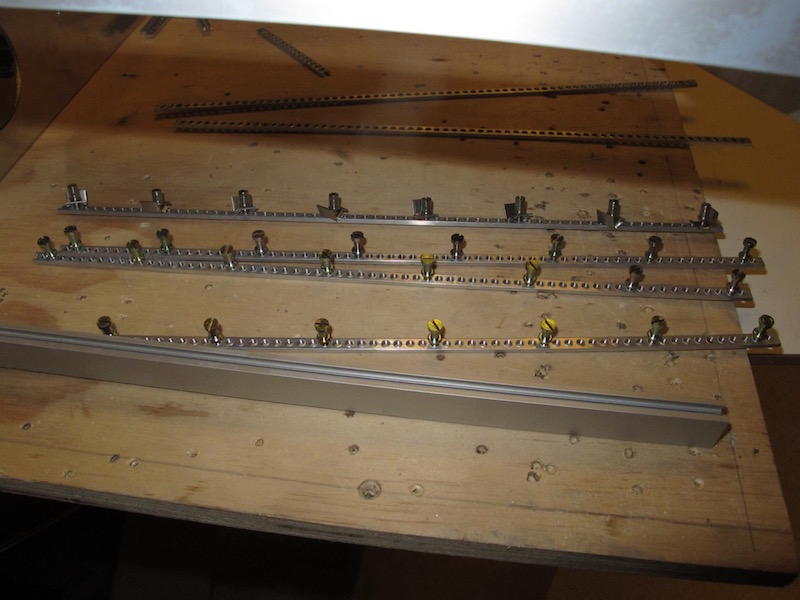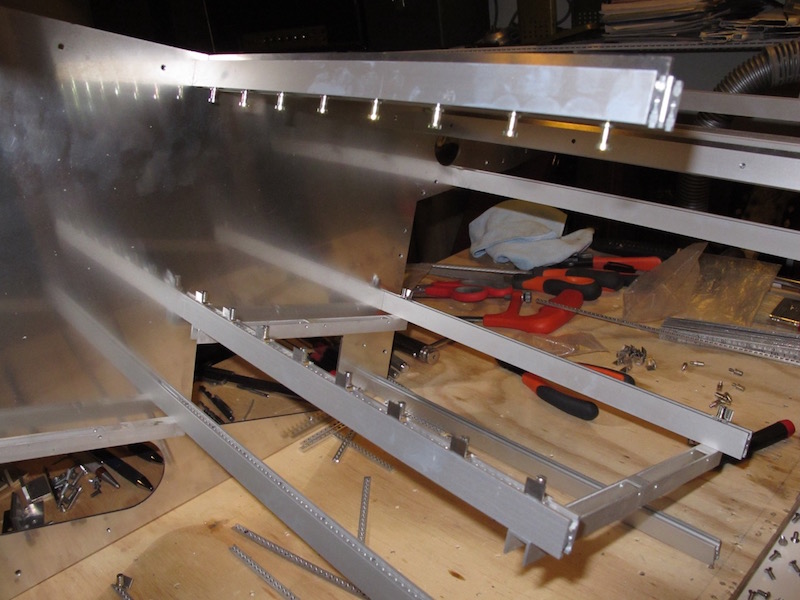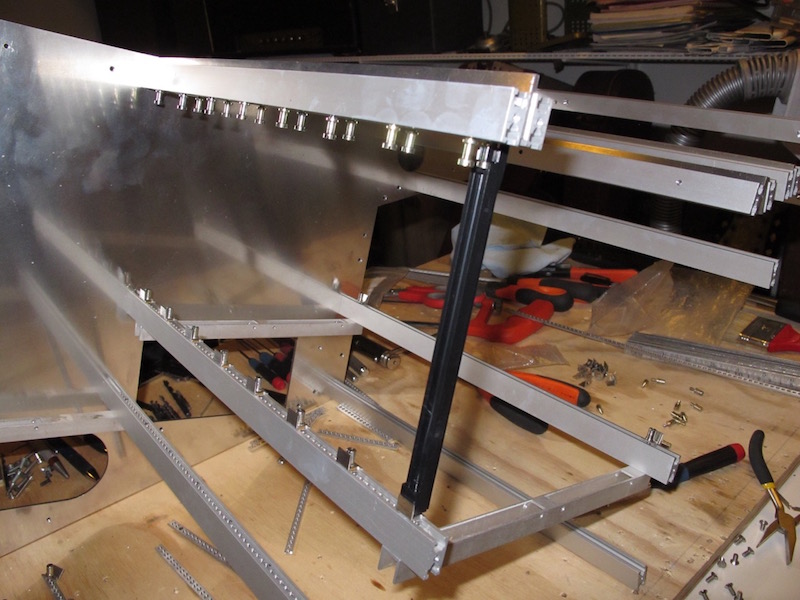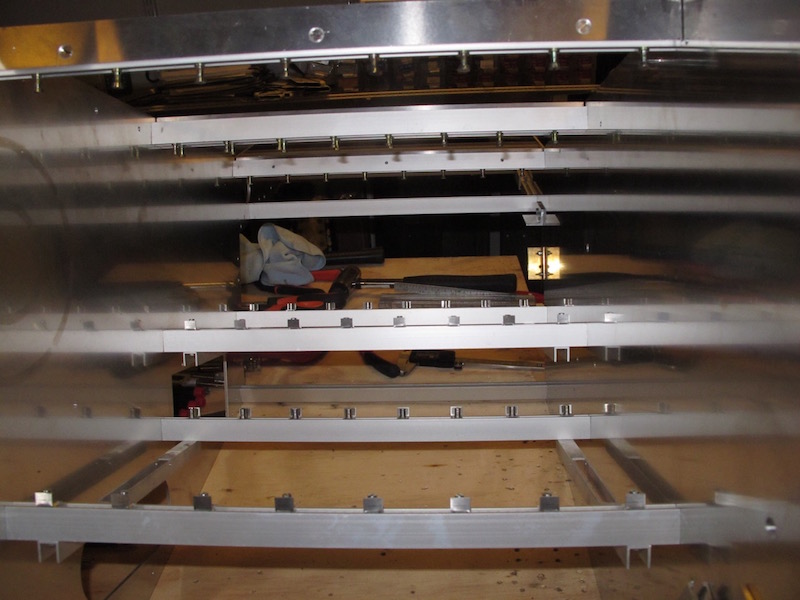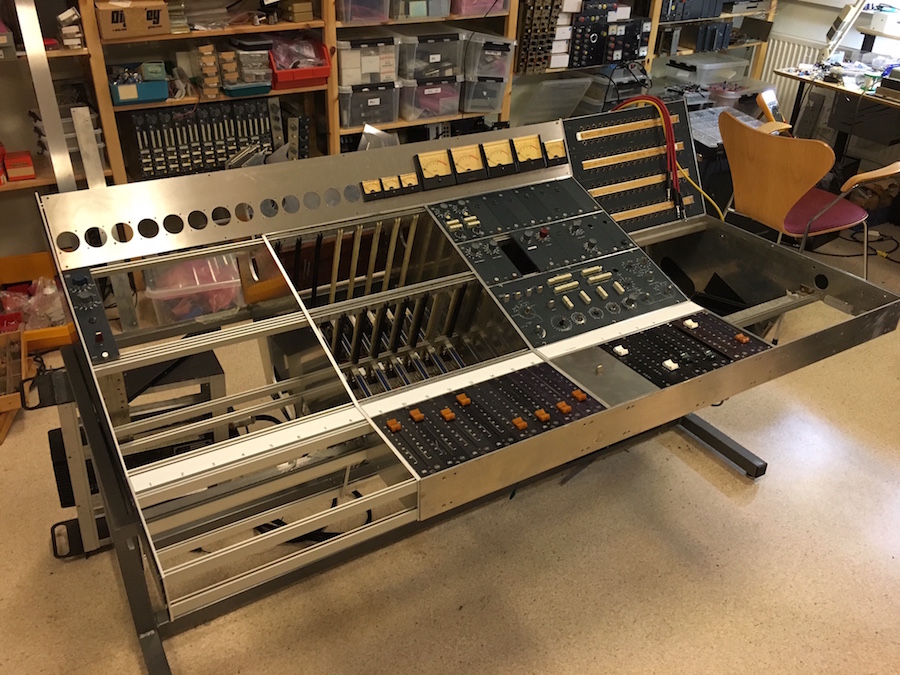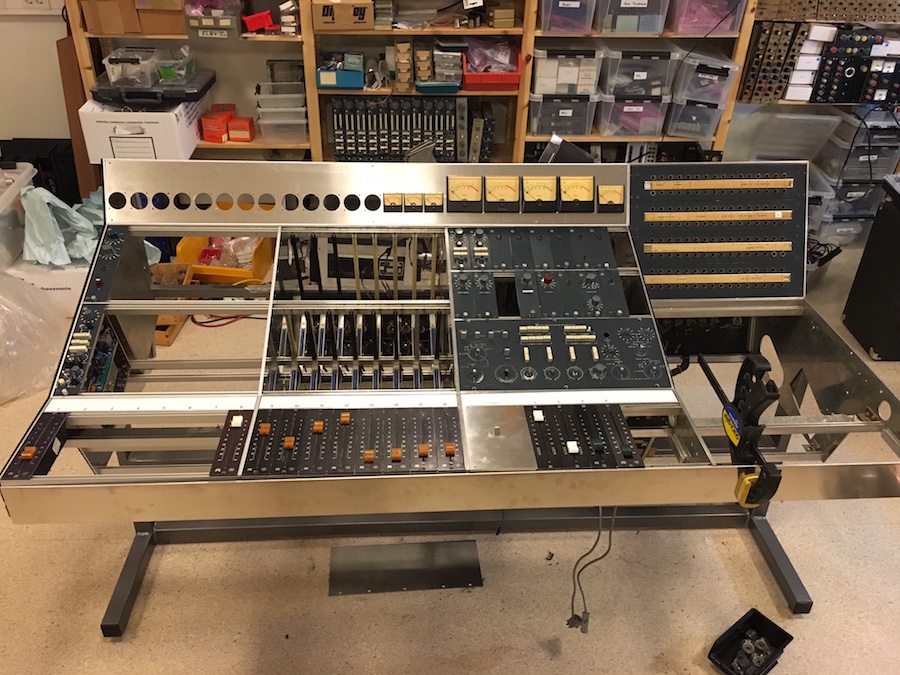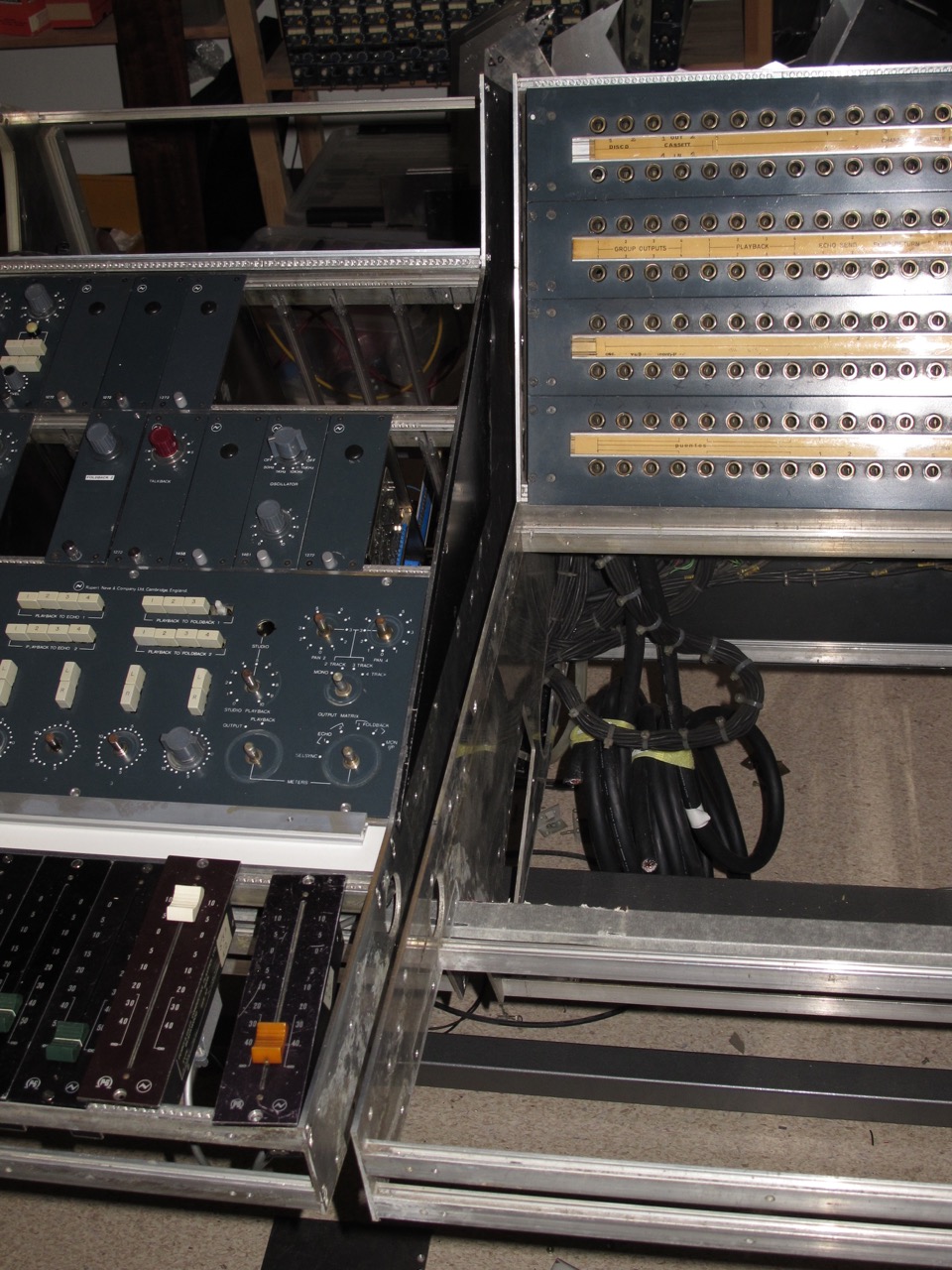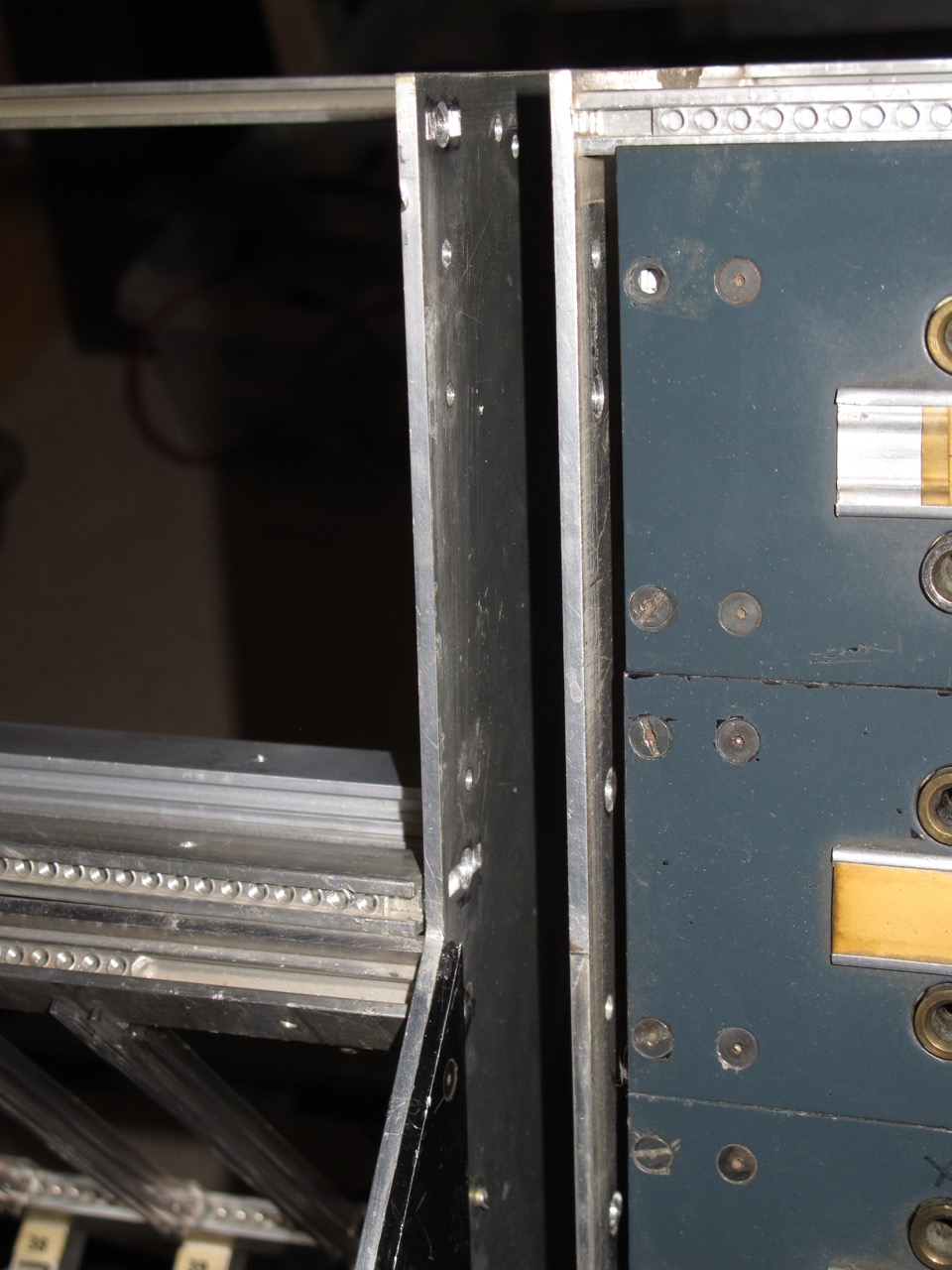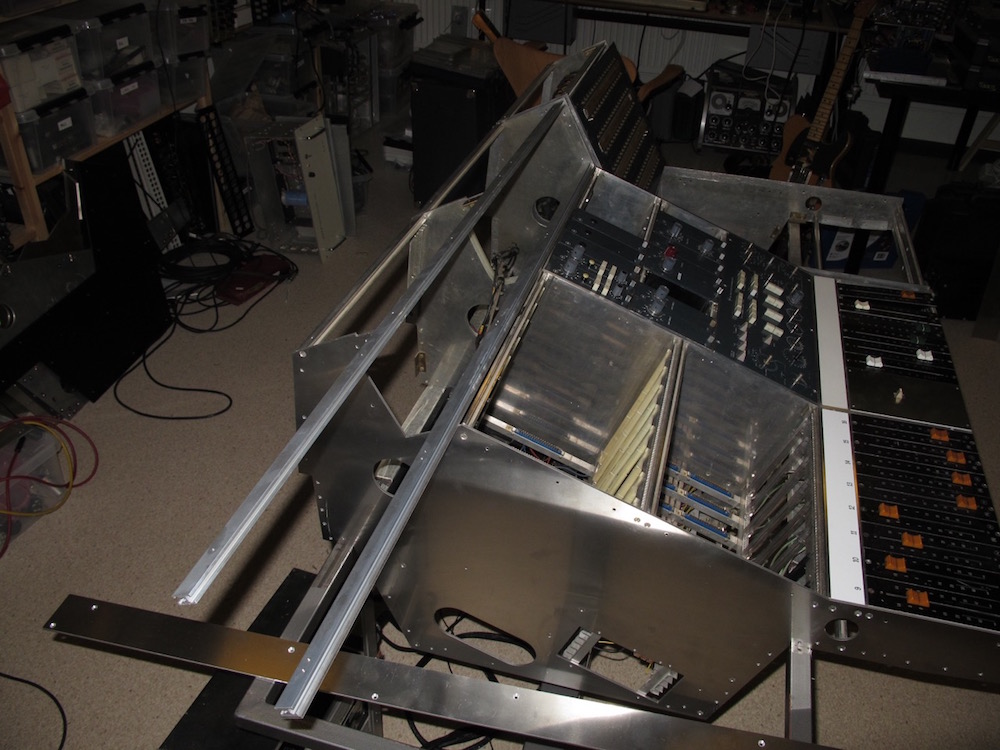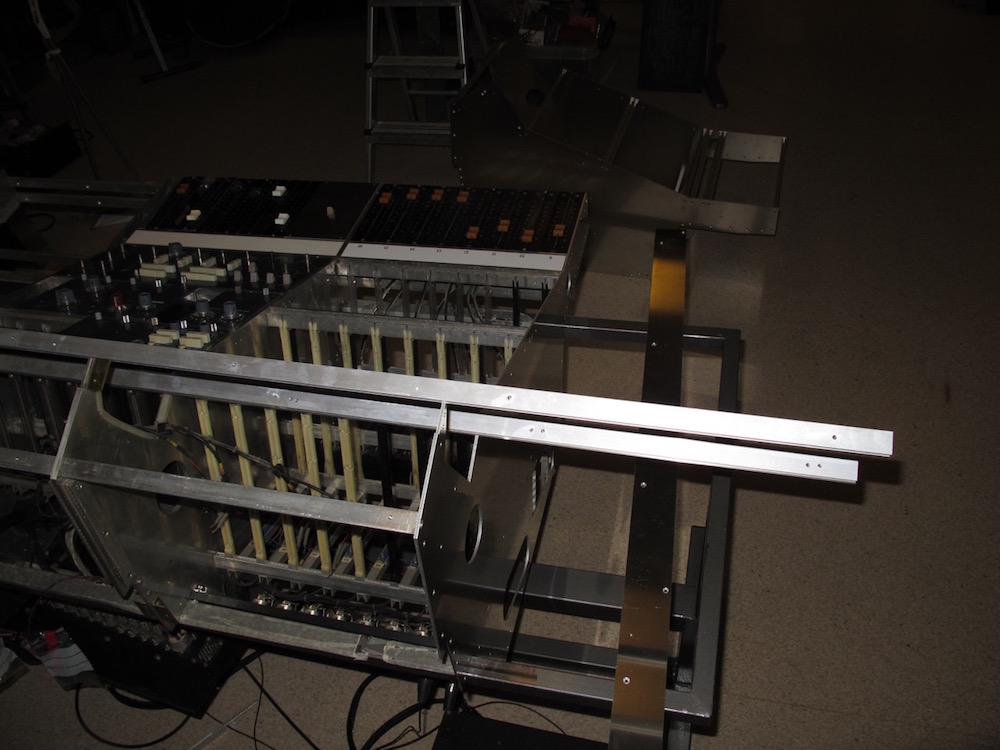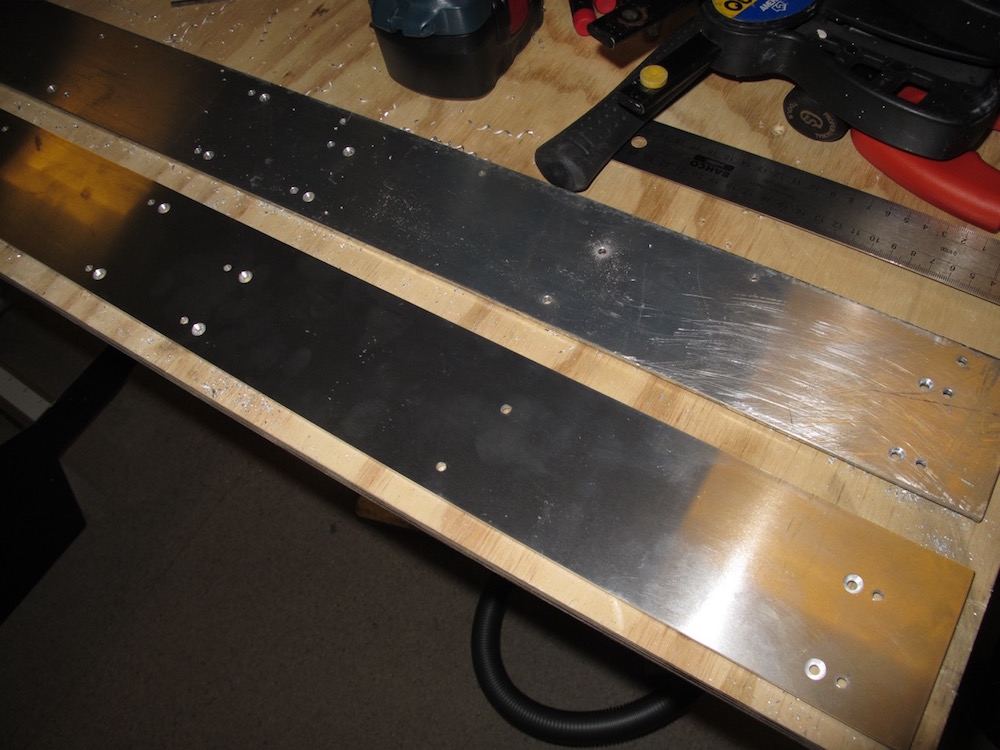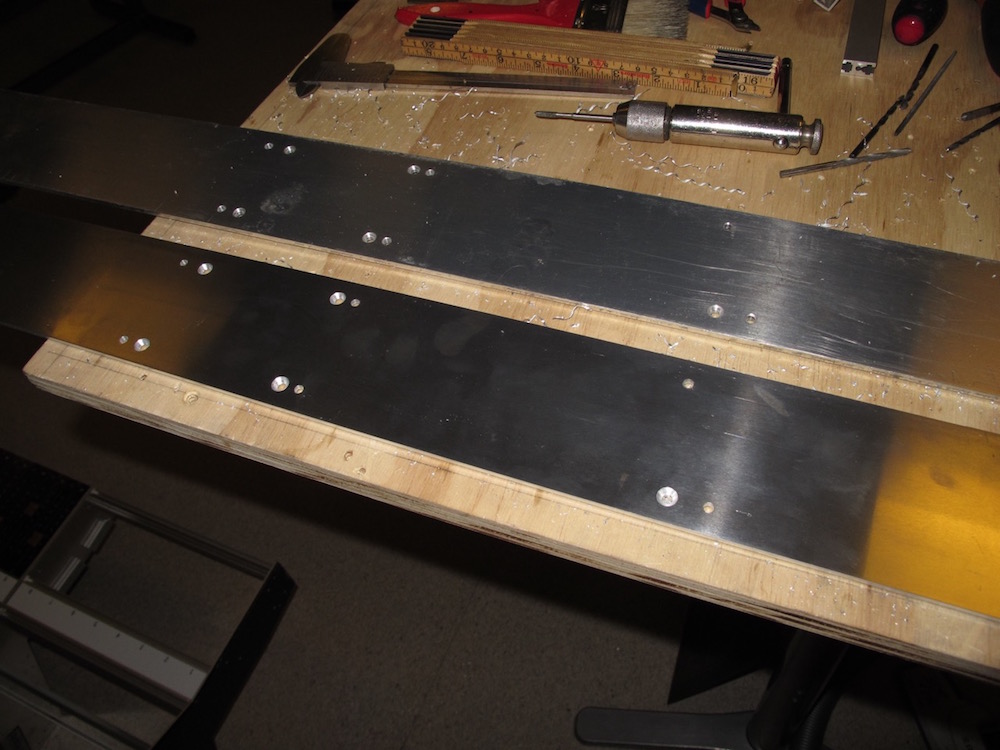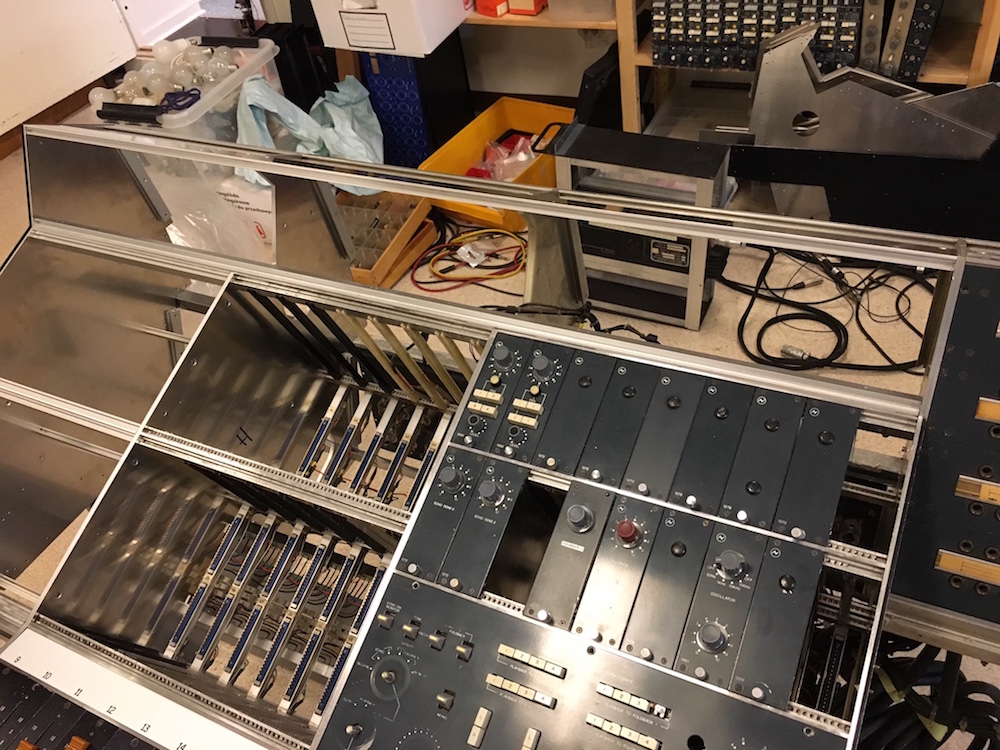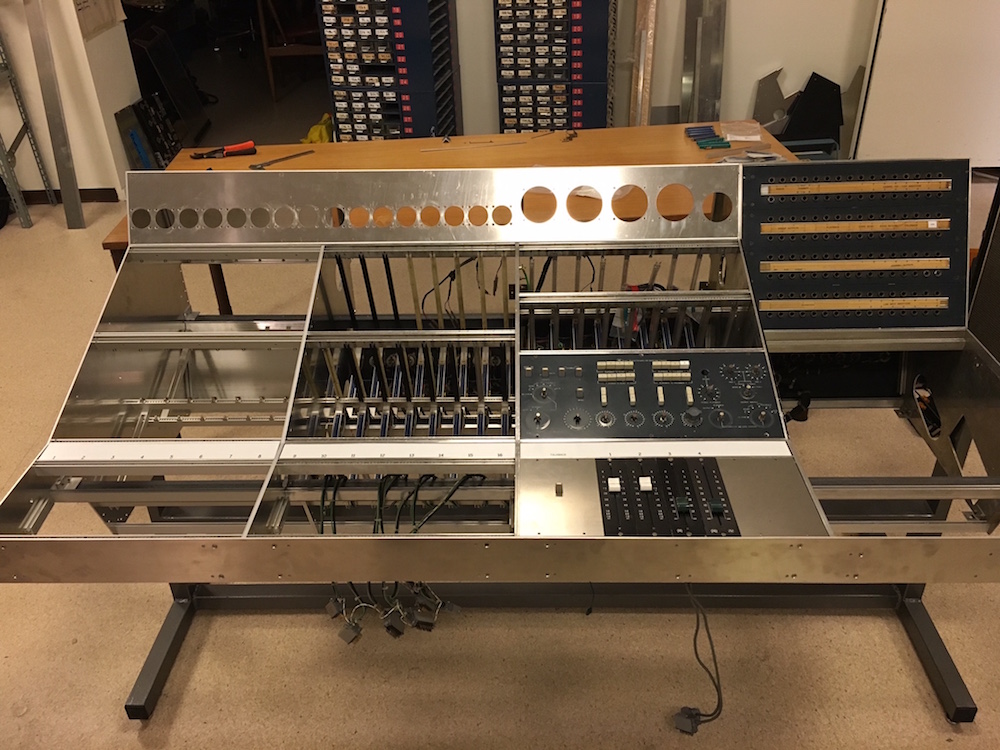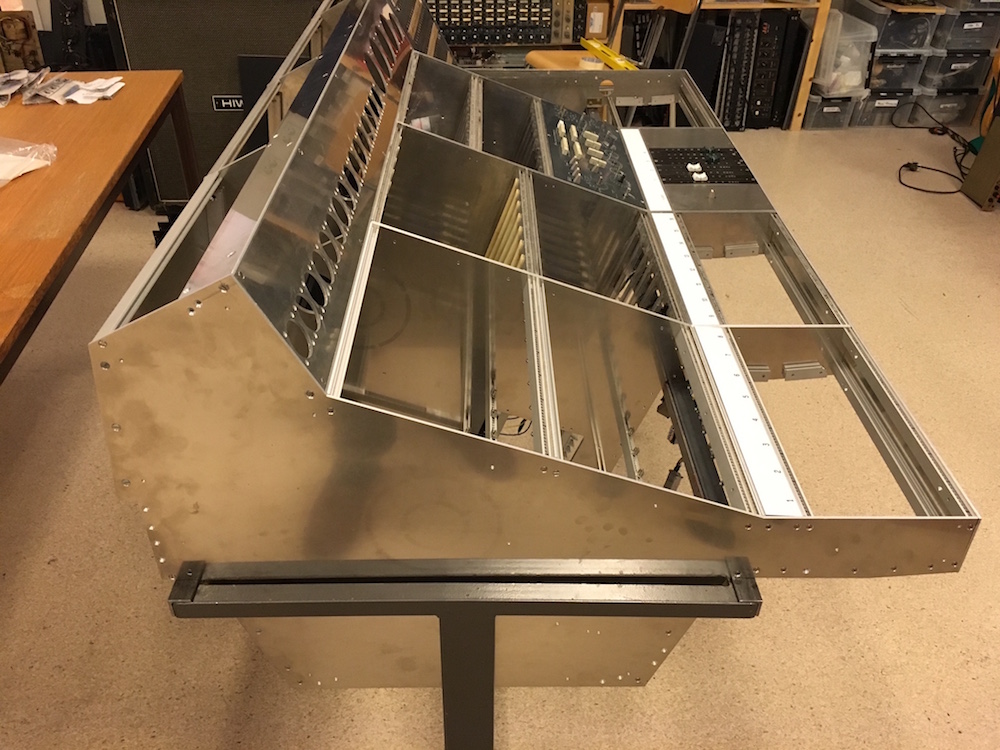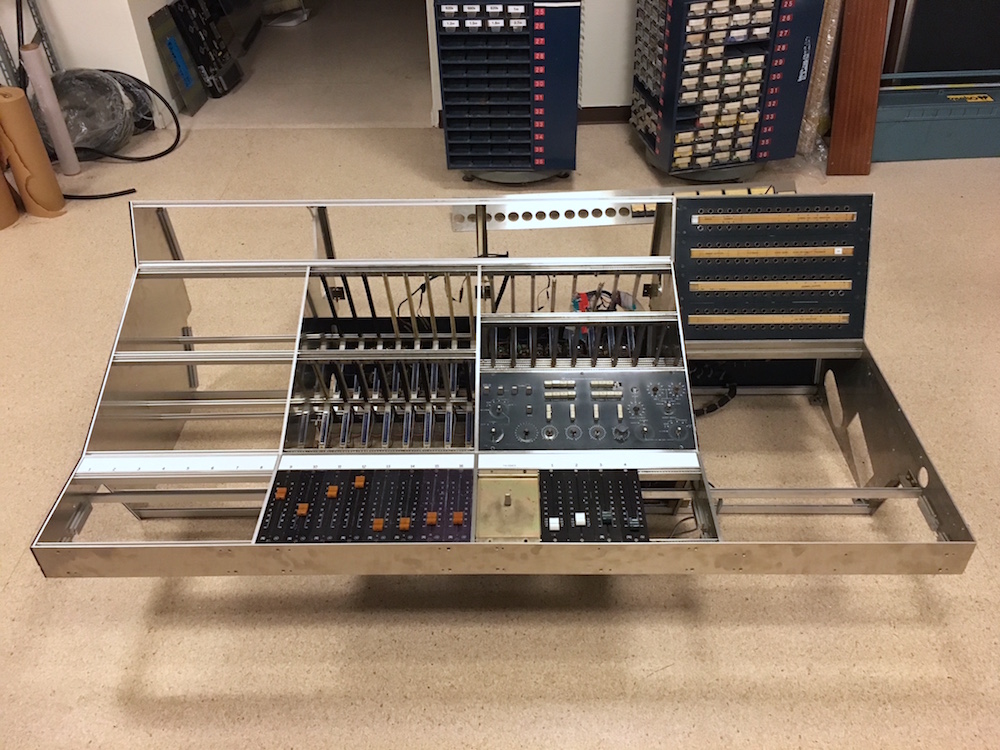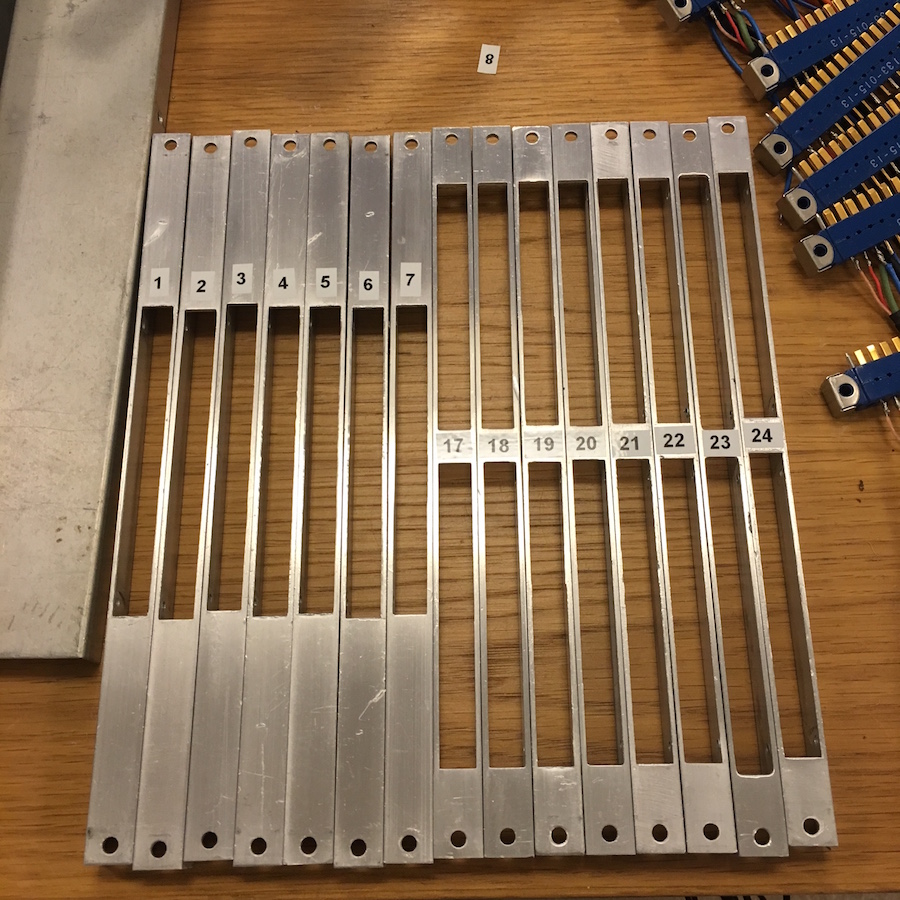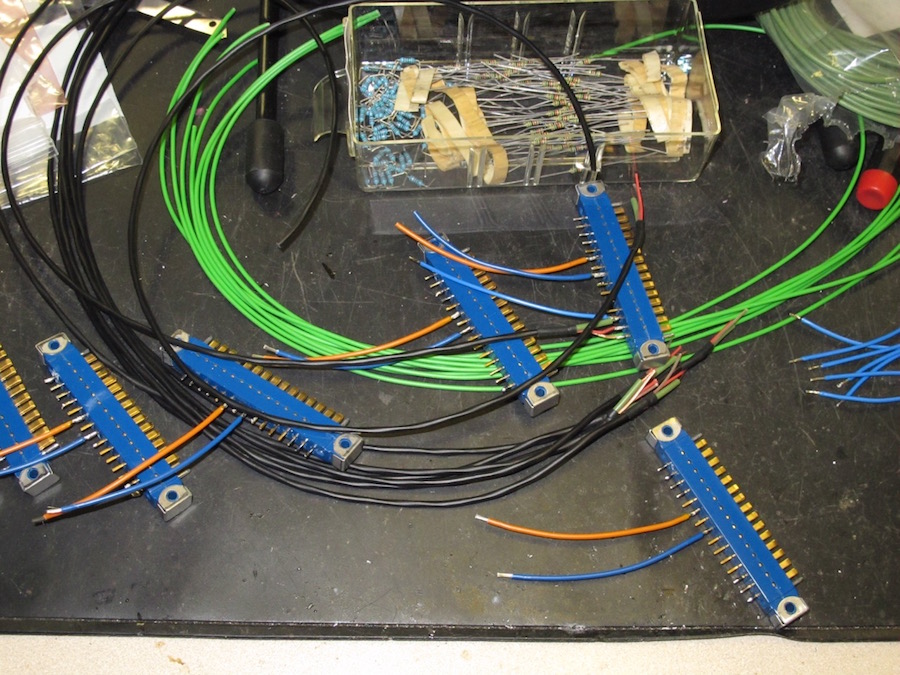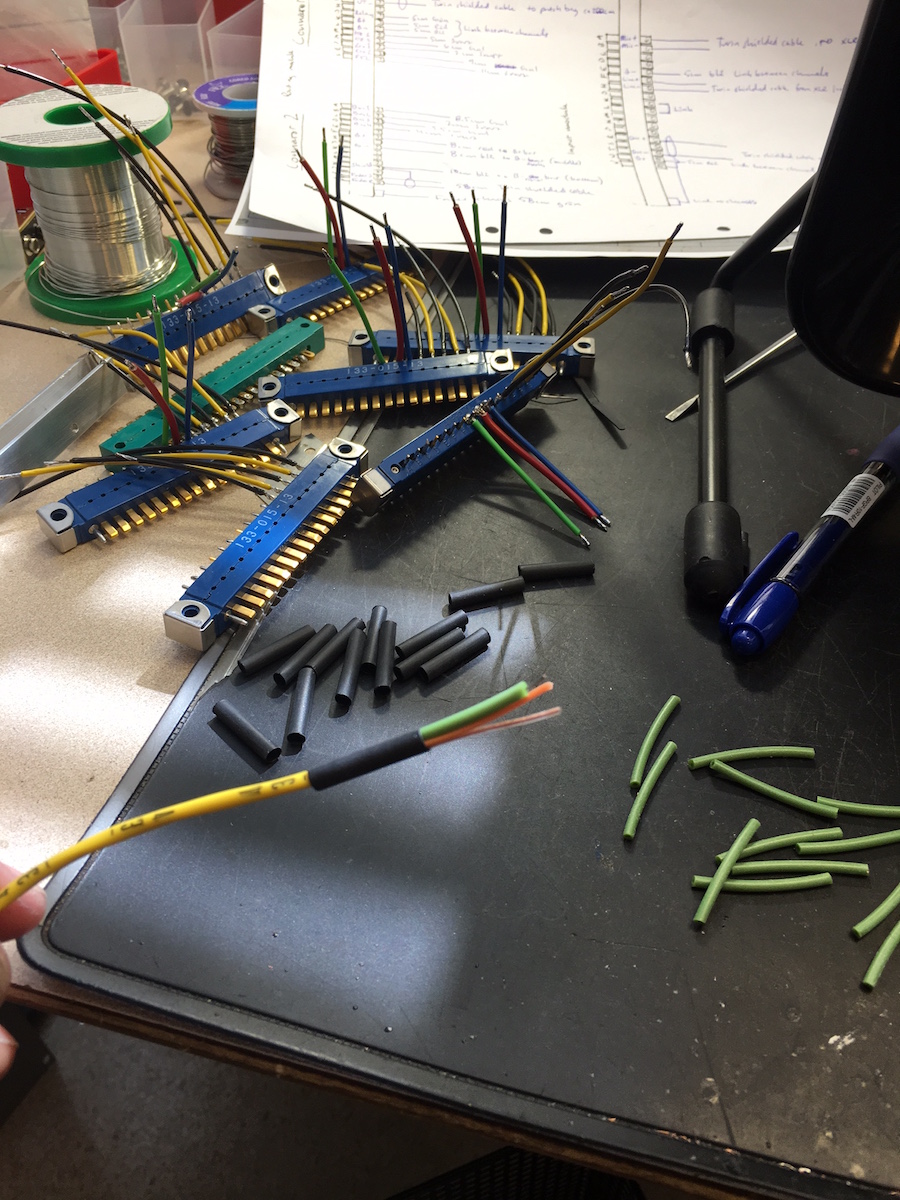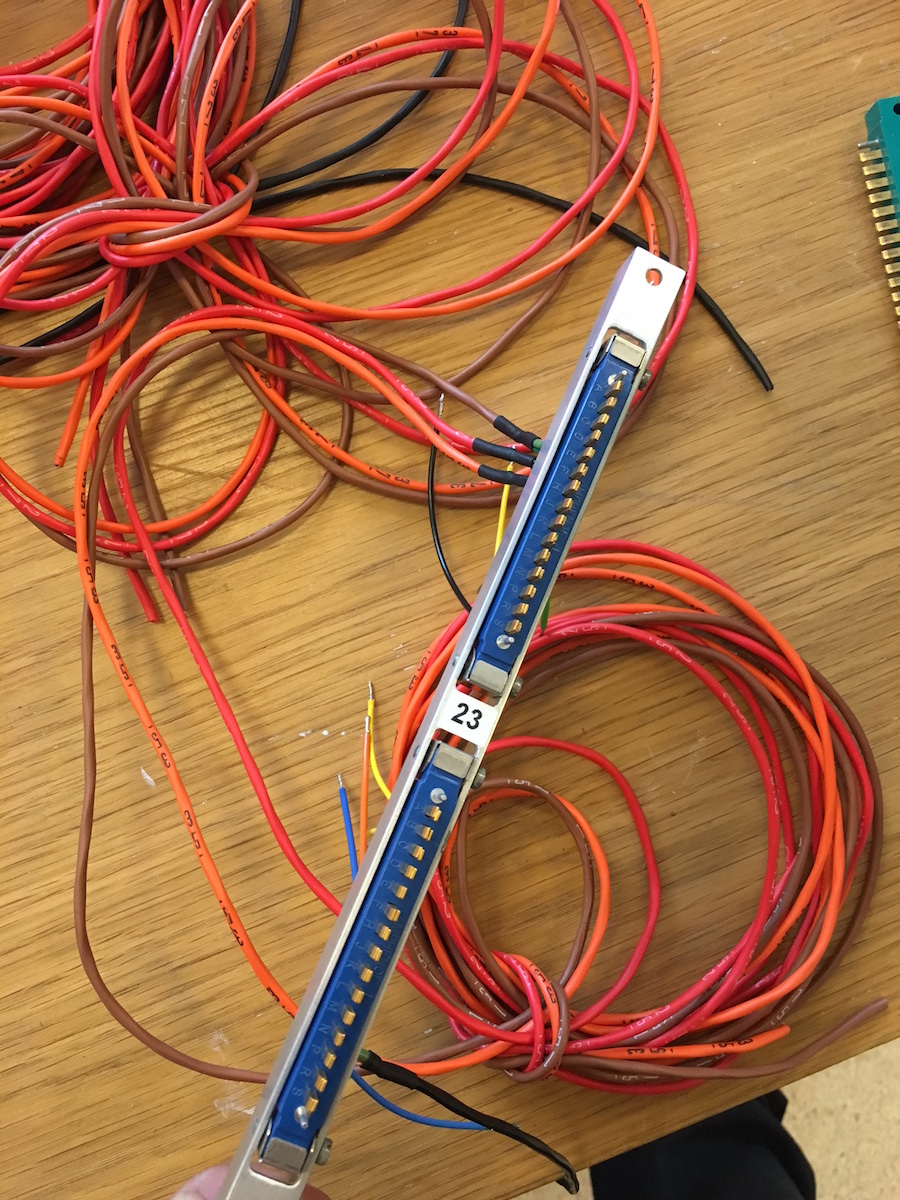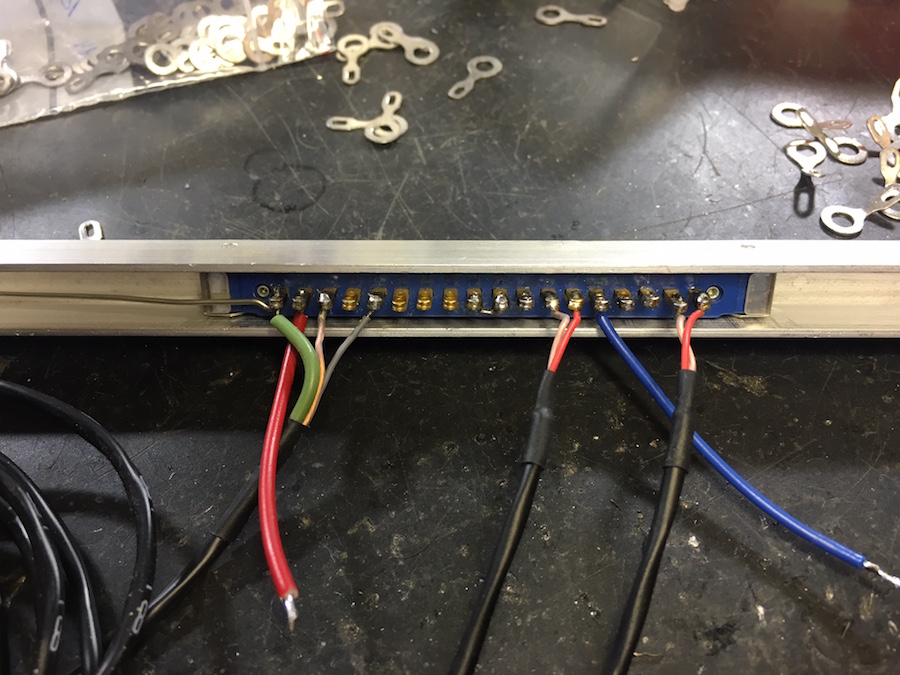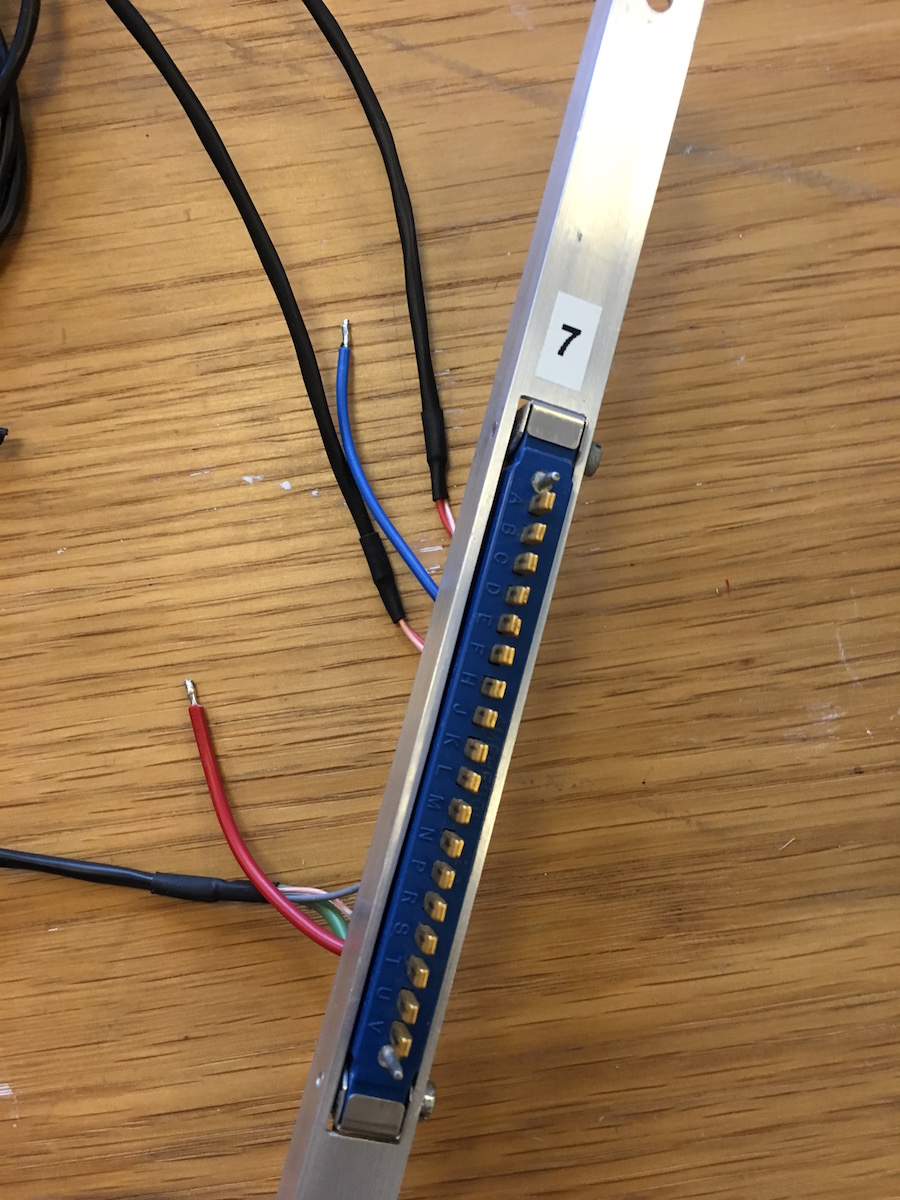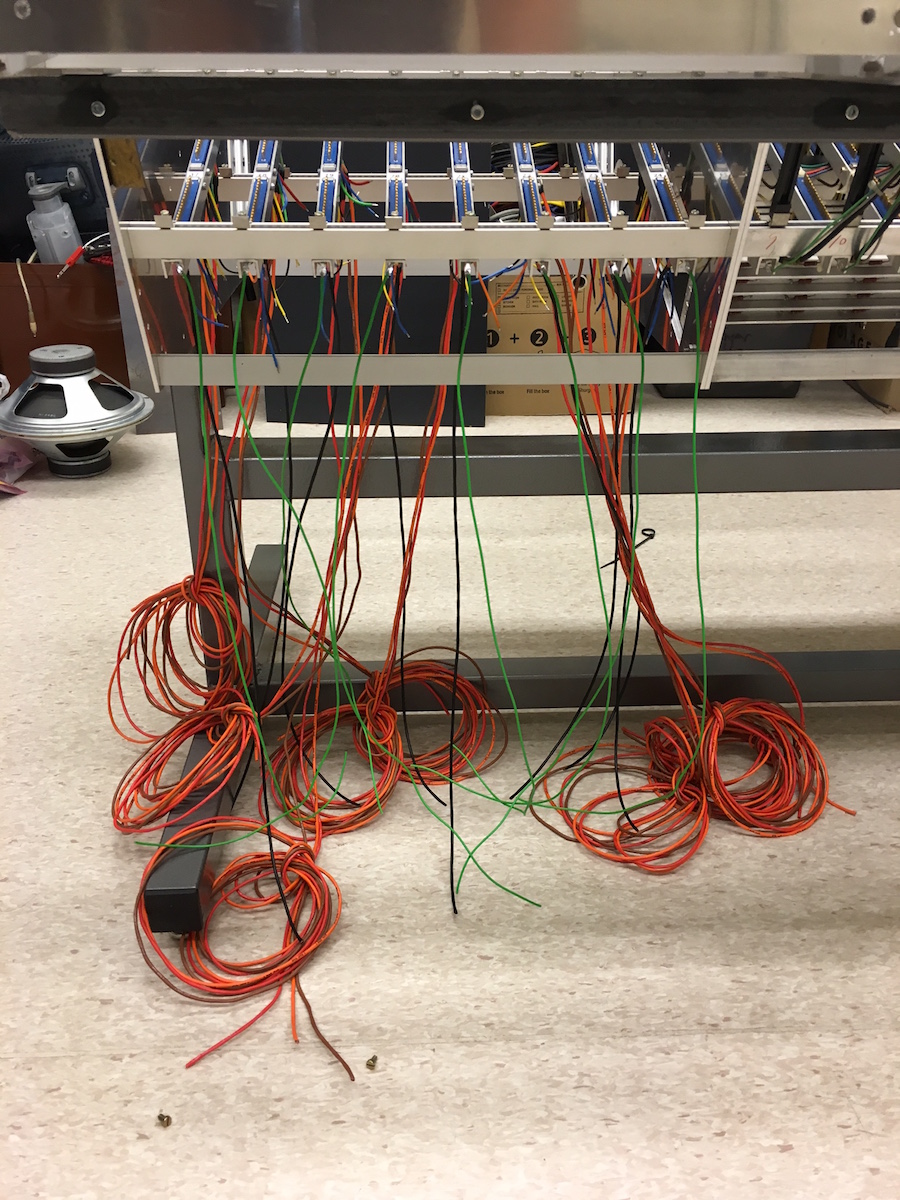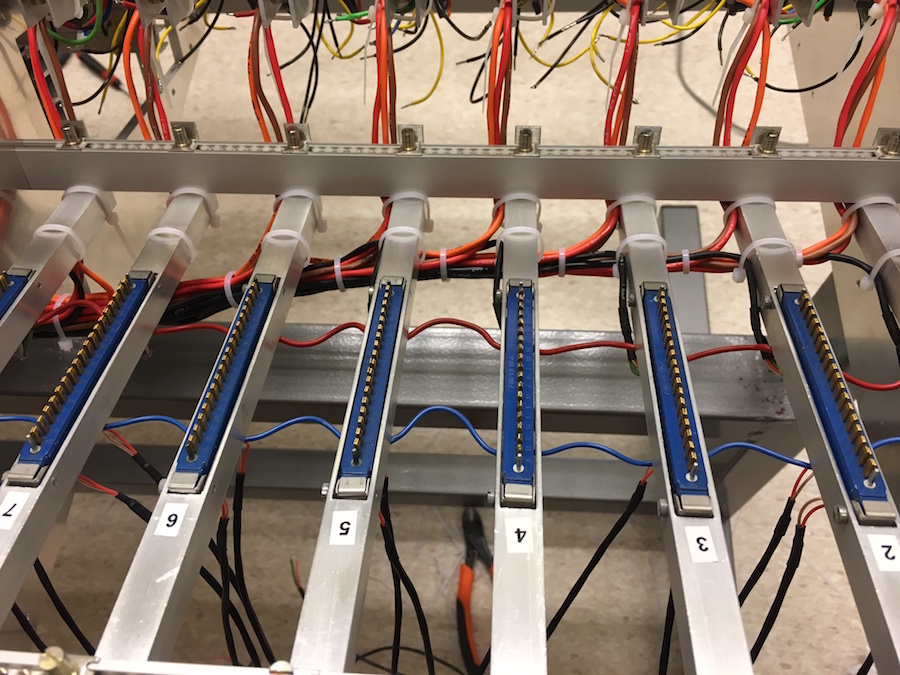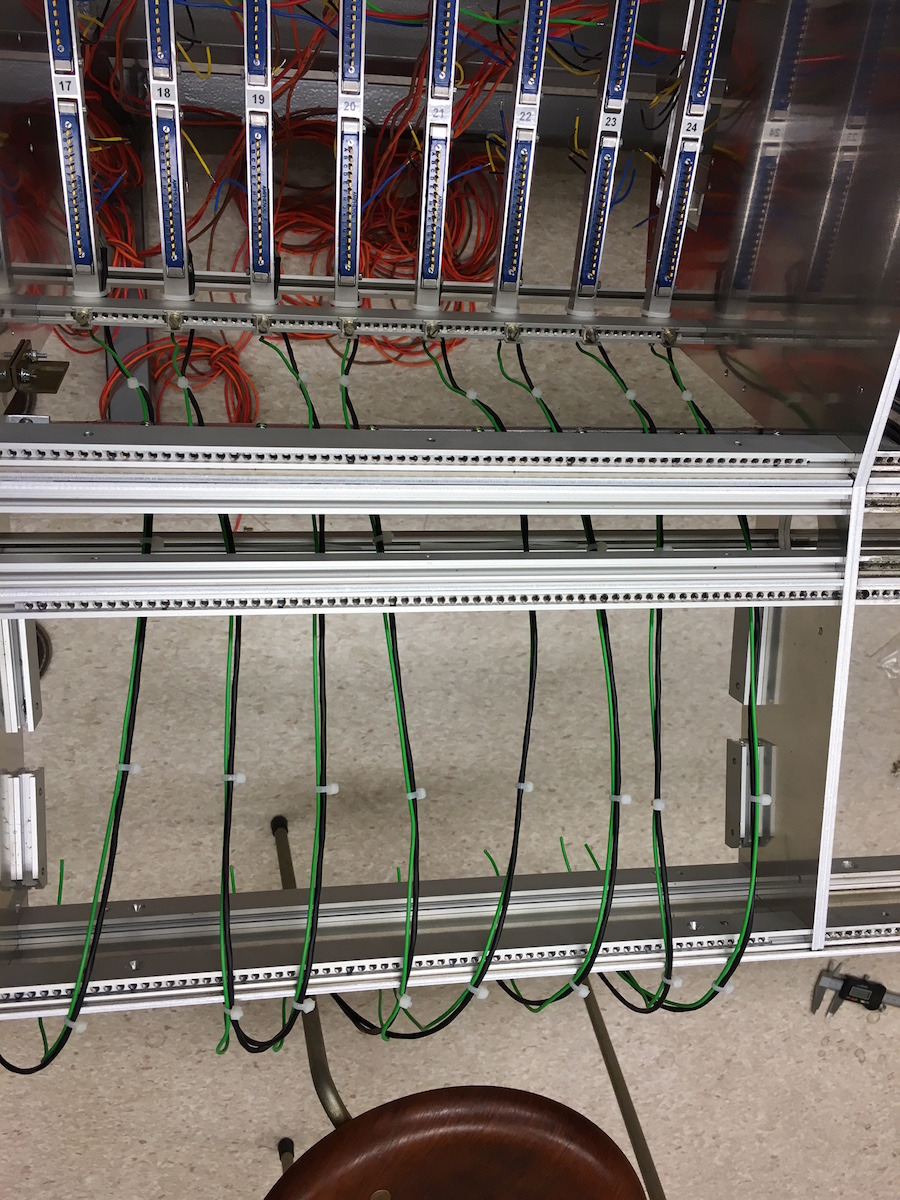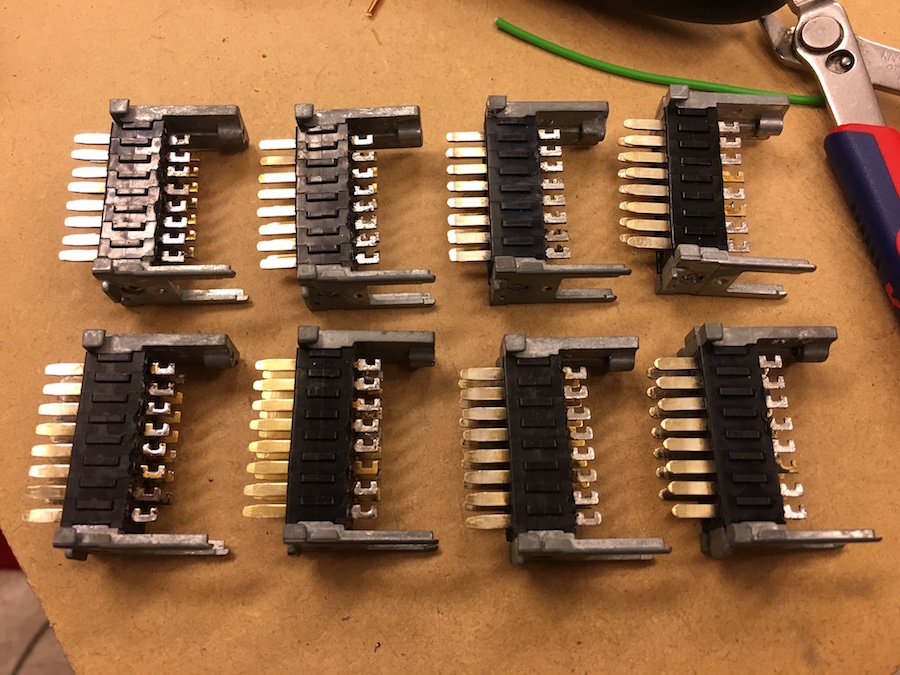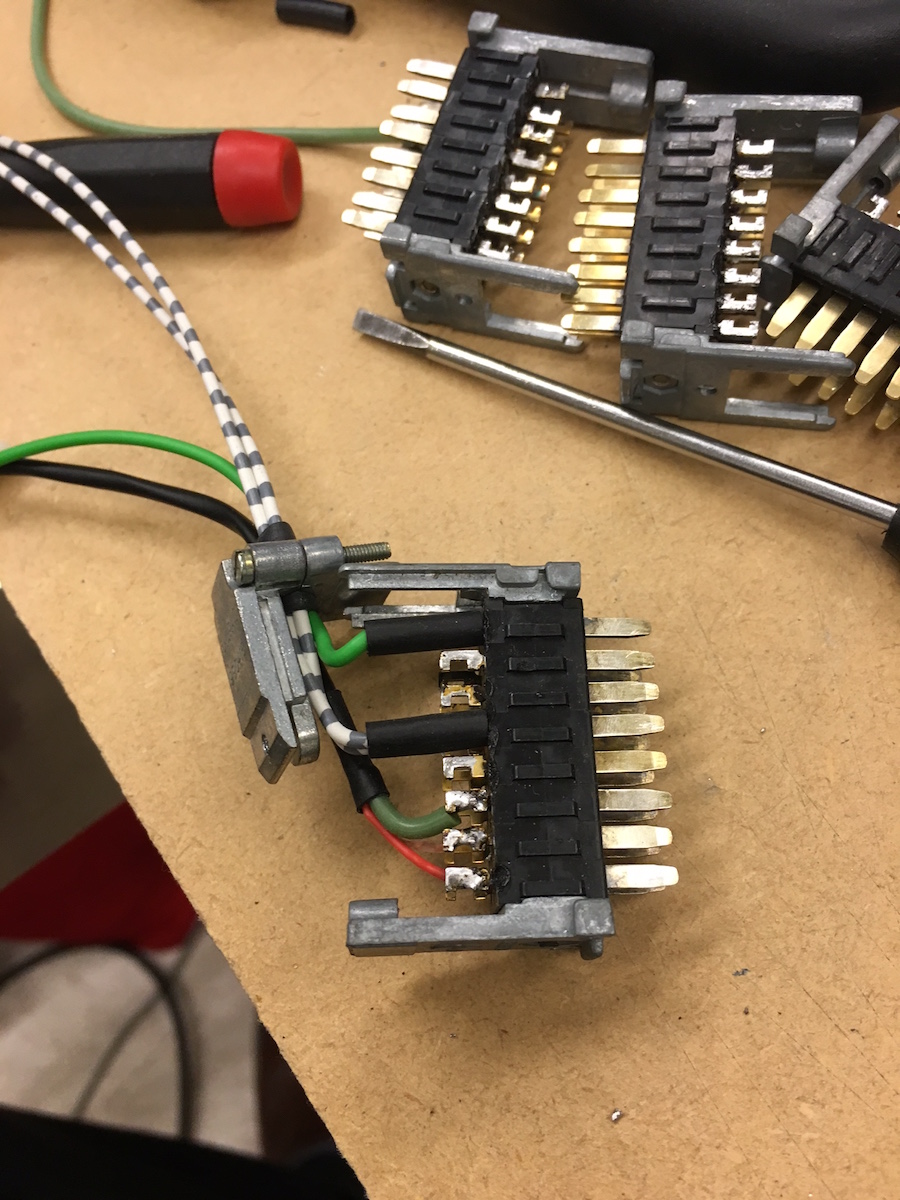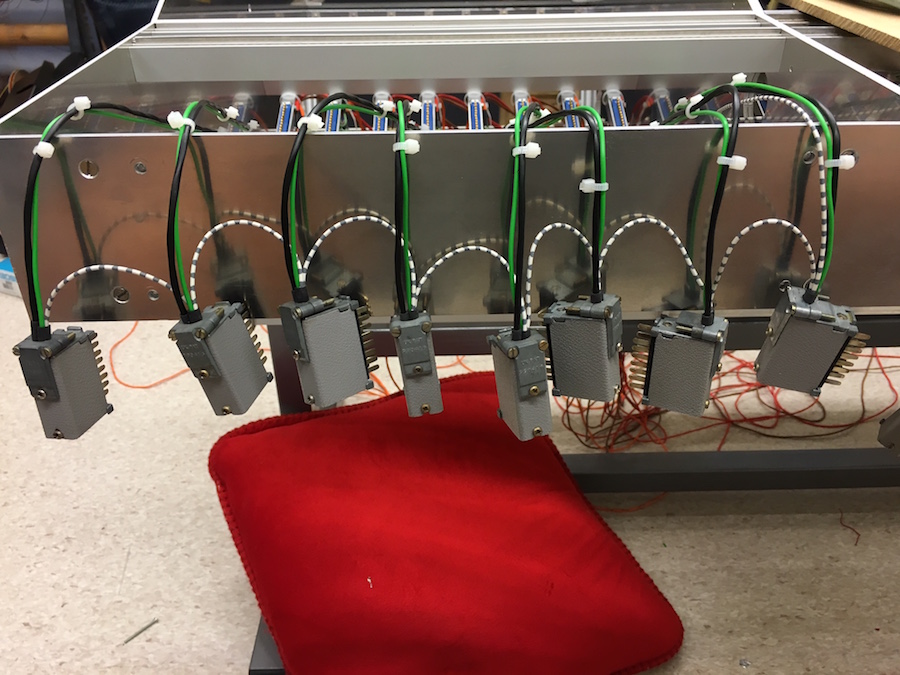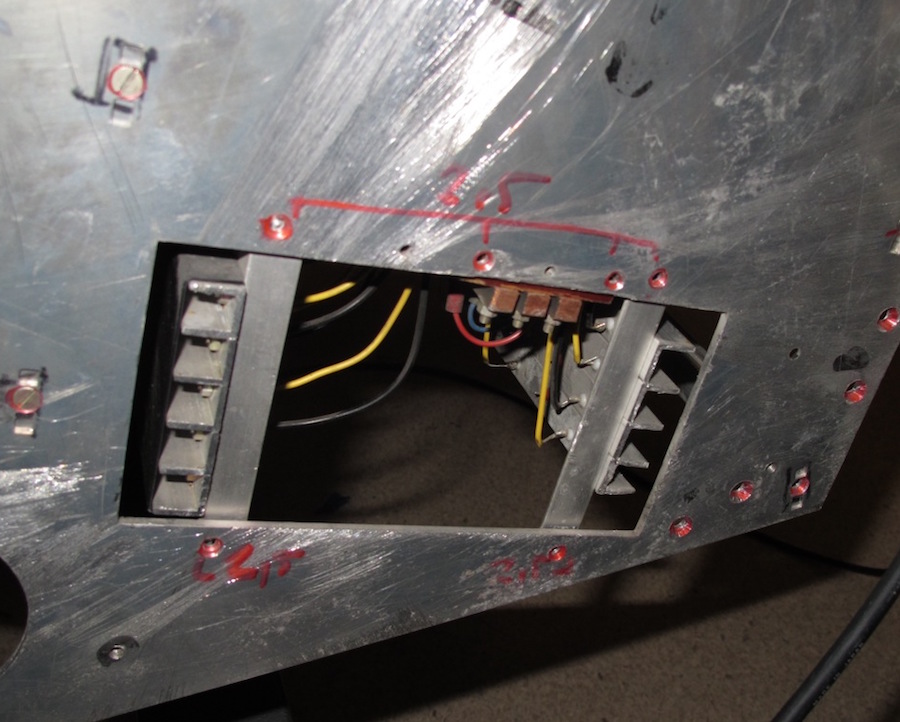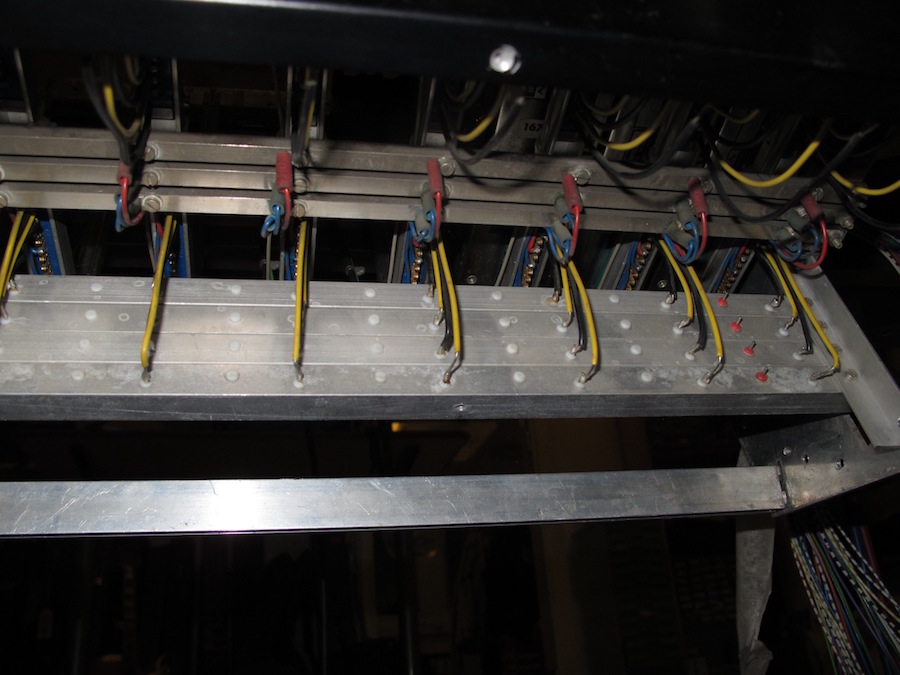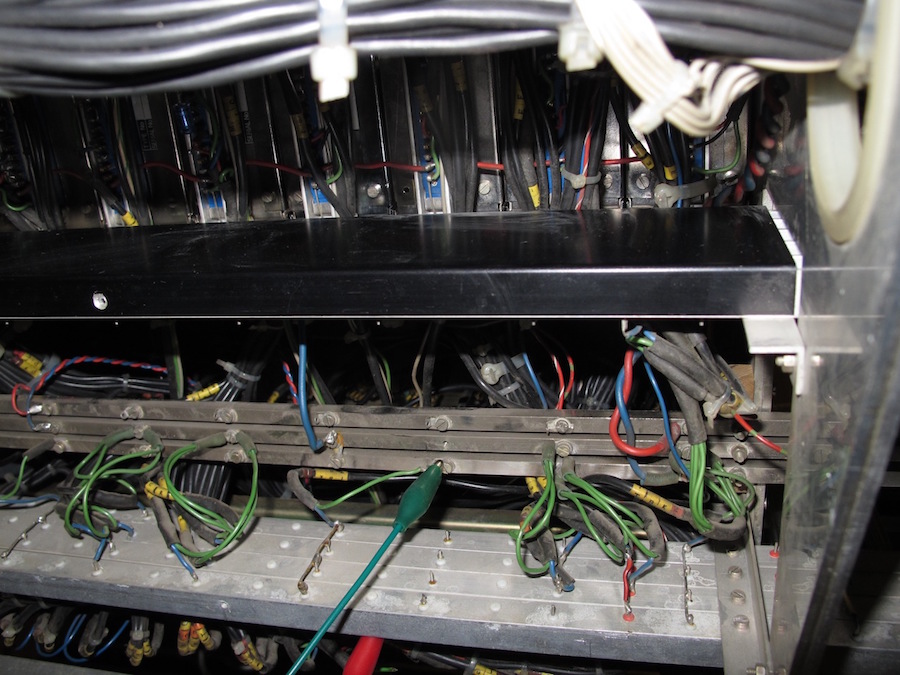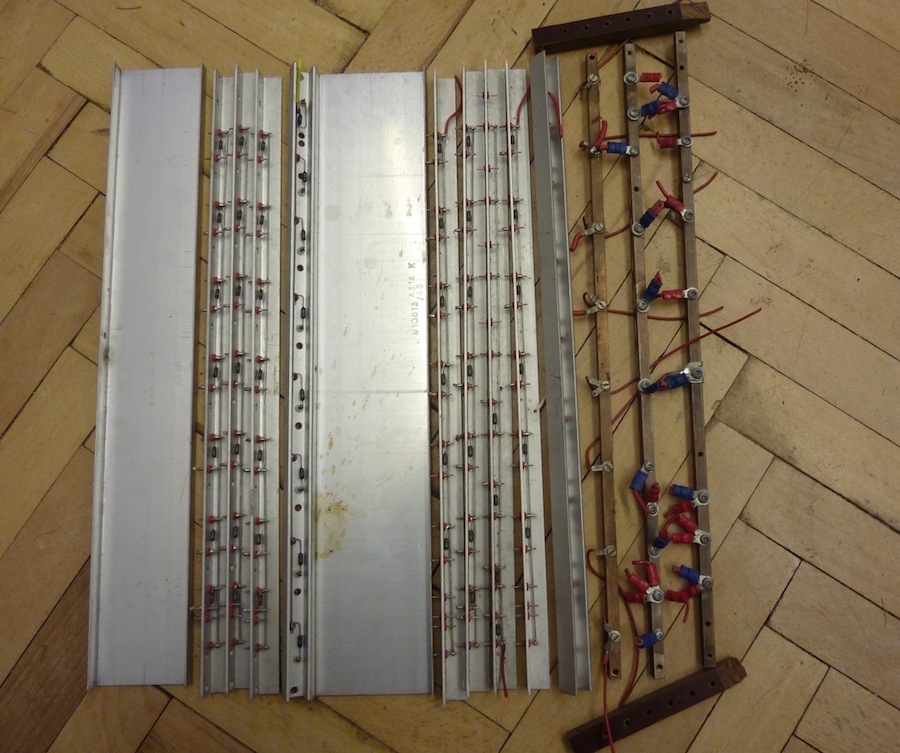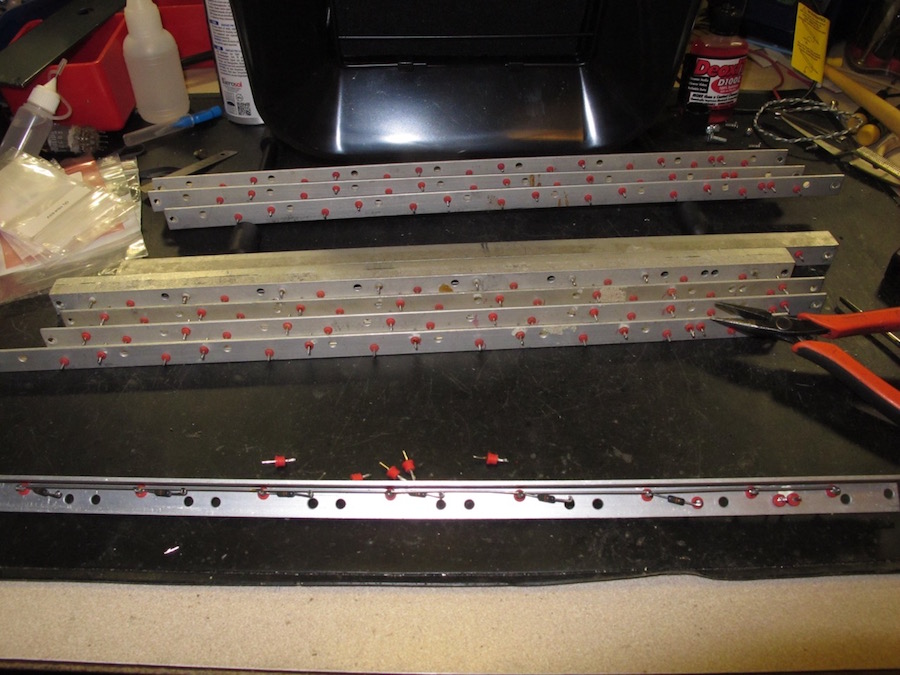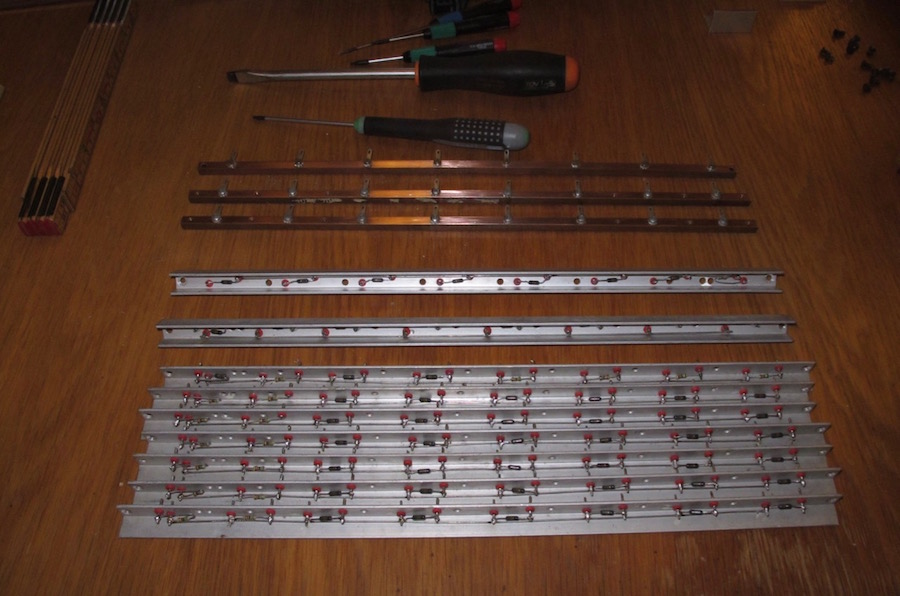>>
Yards, feet and inches were invented in England
> the British that "invented" the inch but that its not longer used there.
English "inch" comes from Latin uncia "1/12". This would be 1/12 of a "foot", which is figuratively the length of the King's foot (or shoe). (The "rod" for land-measure is the total length of the left feet of the first 16 men to come out of the local church, so it was a local measure.)
https://en.wikipedia.org/wiki/File

etermination_of_the_rute_and_the_feet_in_Frankfurt.png
In many other cultures the near-same measure is the "thumb", thumb-wide, a convenient tool of many uses. French: pouce inch/thumb, Swedish: tum inch, tumme thumb. You cut a board a thumb thick (inch board). You shorten a too long rafter 3 thumbs.
French artillery Inch (old cannons can be measured today) was 2.70cm (1.06 modern inches).
At other time/place, three sound ripe barley-corns taken from the middle of the ear set end-to-end was a legal inch and the base for all other units. This of course does not work, and pretty soon an Official Inch was kept at London.
The Scottish inch was about 1.0016 imperial inches (about 2.5441 cm). This is the unit in "For when I gave you an inch, you tooke an ell". An ell was 37 inches(??), now forgotten, we say he took a mile.
England, Canada, and the US coordinated official "Imperial Yards" (36"). When compared in the 1800s, improved technology showed now-significant difference. As the French were way ahead on all this, and the average of the three Yards/36 was very near 2.54mm, the Inch now (1959!) _IS_ 2.54mm exactly, and we get that from the scratched stick in the cellar in Paris (or the current wave-base definition).
I want to say that Metrification came into English everyday life over several decades. Certainly the WWII blueprints were Inch, or the trouble the US had helping England would have been worse. The English still drink beer in Pints (but not US Pints). UK argued with EU to allow some traditional units in labeling and signs.
